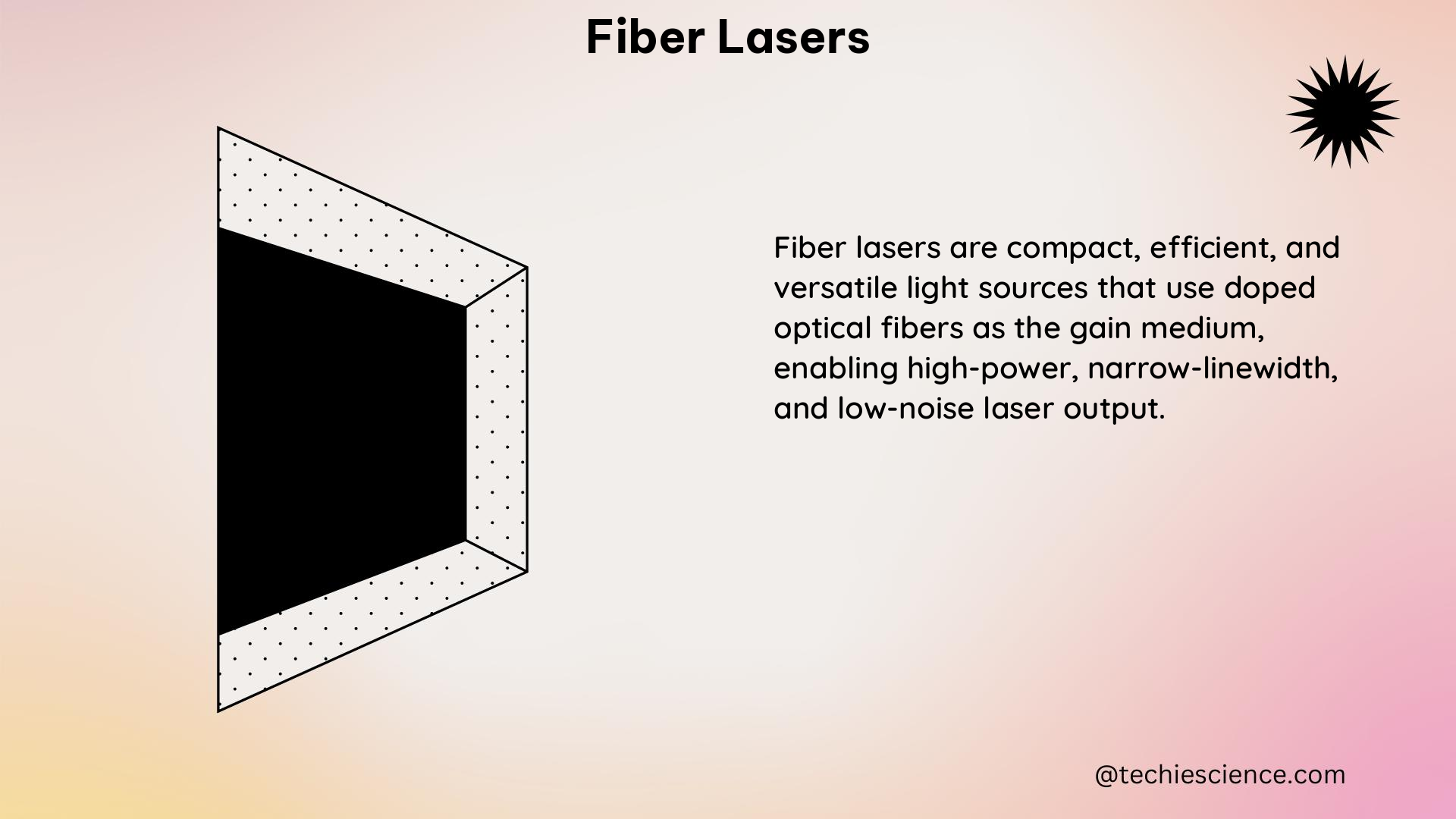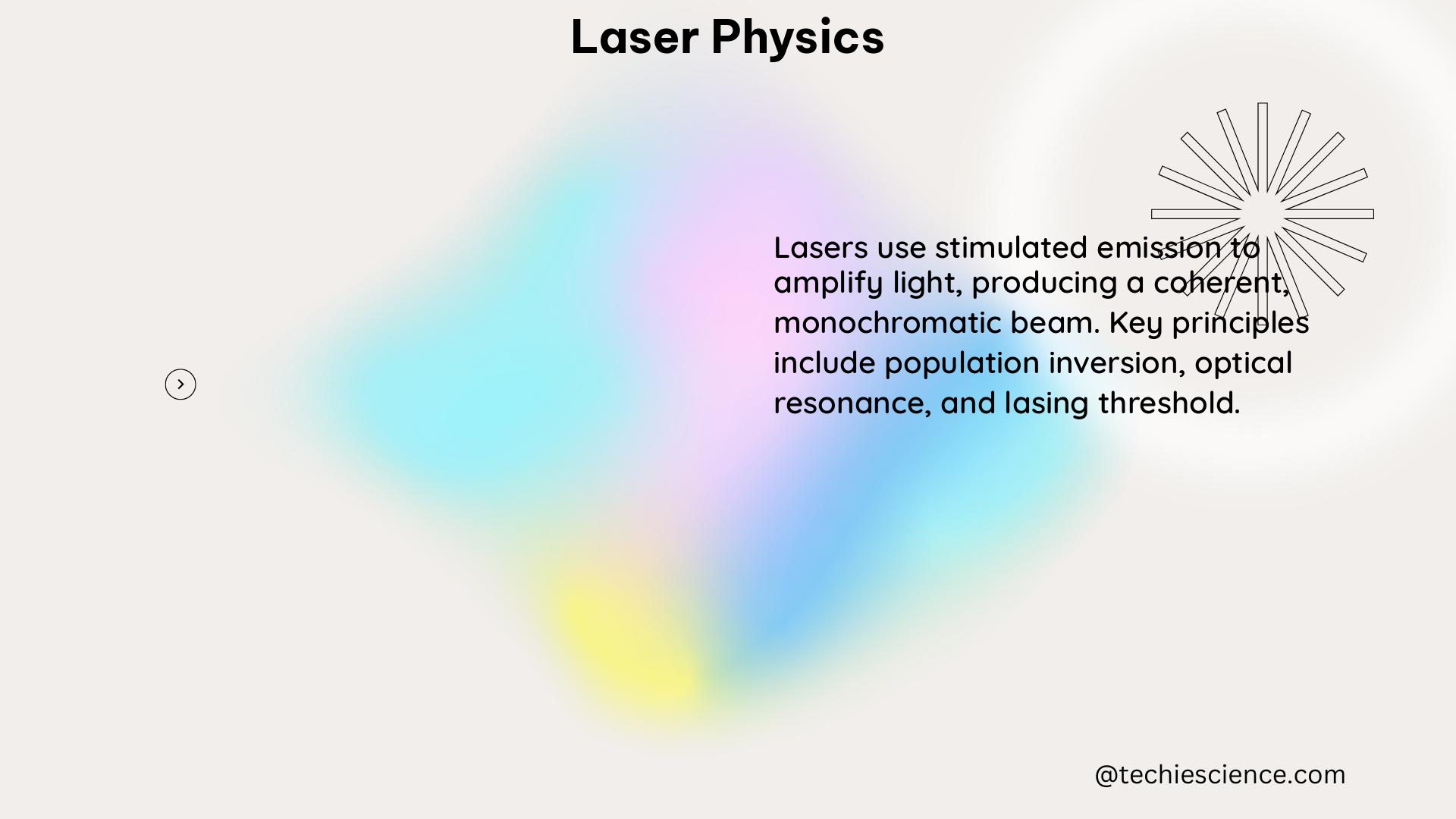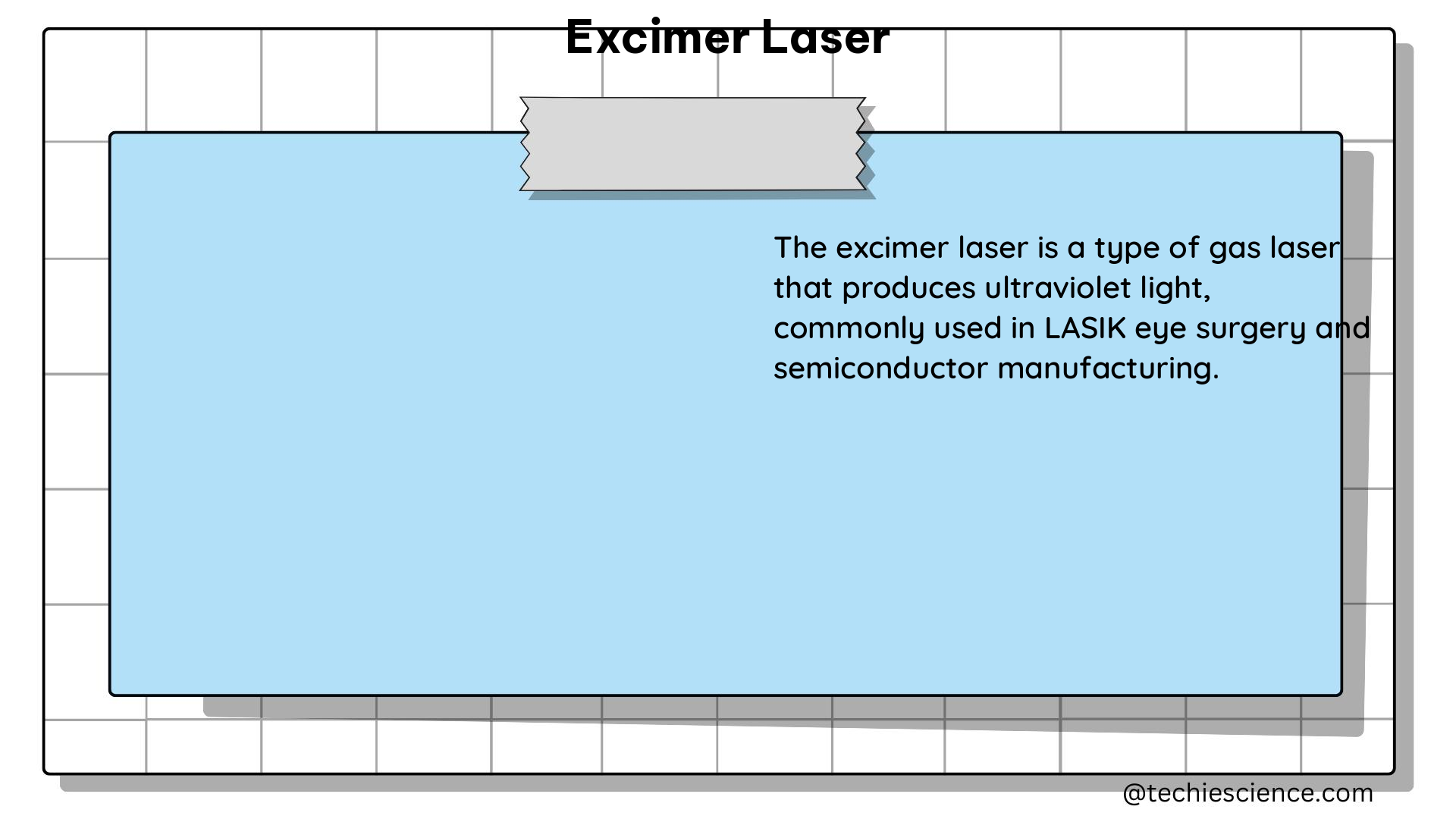Fiber lasers are versatile and high-performance light sources that have revolutionized various fields, including nonlinear microscopy, optical communication, and materials processing. These lasers are known for their excellent beam quality, high efficiency, compact structure, and wide tunability, making them indispensable tools in modern scientific research and industrial applications.
Understanding the Fundamentals of Fiber Lasers
Fiber lasers are based on the principle of stimulated emission, where the active medium is a doped optical fiber. The most common dopants used in fiber lasers are rare-earth elements, such as erbium (Er), ytterbium (Yb), and neodymium (Nd), which provide the necessary gain for laser oscillation.
The basic structure of a fiber laser consists of the following key components:
- Gain Medium: The doped optical fiber, which serves as the active medium for light amplification.
- Pump Source: An external light source, typically a semiconductor laser or another fiber laser, that provides the necessary energy to excite the dopant ions in the gain medium.
- Optical Resonator: A pair of mirrors or fiber Bragg gratings (FBGs) that form the optical cavity, allowing for the amplification of light through multiple passes.
- Optical Fiber: The waveguide that confines and guides the laser light, enabling efficient energy transfer and high beam quality.
The interaction between the pump light, the doped fiber, and the optical resonator leads to the generation of a coherent, high-quality laser beam. The specific design and configuration of these components determine the performance characteristics of the fiber laser, such as output power, beam quality, spectral bandwidth, and pulse duration.
Advances in Fiber Laser Technology

Over the years, the performance of fiber lasers has been significantly enhanced through various advancements, including:
- Fiber Development: Improvements in fiber design, materials, and fabrication techniques have led to the creation of fibers with higher doping concentrations, better thermal management, and reduced optical nonlinearities.
- System Optimization: Advancements in pump sources, optical resonator design, and beam delivery systems have enabled higher output powers, improved beam quality, and increased efficiency.
- Algorithm Improvements: The development of advanced signal processing algorithms and control systems has enhanced the stability, reliability, and tunability of fiber lasers.
- Machine Learning: The application of machine learning techniques has revolutionized the design, modeling, and control of fiber laser systems, leading to new capabilities and applications.
Machine Learning in Fiber Laser Technology
Machine learning, a subfield of artificial intelligence, has emerged as a powerful tool for advancing fiber laser technology. By leveraging the ability of computers to learn from data without explicit programming, machine learning techniques have been applied to address various challenges in fiber lasers, including:
-
Identification: Machine learning algorithms can be used to identify the complex relationships between the input parameters (e.g., pump power, fiber length, doping concentration) and the output characteristics (e.g., output power, beam quality, spectral bandwidth) of fiber laser systems.
-
Estimation: Machine learning models can be employed to estimate the physical parameters of fiber lasers, such as the gain coefficient, nonlinear effects, and thermal effects, which are crucial for optimizing laser performance.
-
Design: Machine learning techniques can assist in the design of fiber laser systems by exploring the vast parameter space and identifying optimal configurations that meet specific performance requirements.
-
Control: Advanced control algorithms based on machine learning can be implemented to achieve robust and adaptive control of fiber lasers, enabling on-demand laser output, nonlinear effect prediction and control, and laser property reconstruction and evaluation.
The integration of machine learning with fiber laser technology has led to significant advancements, including the development of accurate models for complex fiber laser systems, the ability to perform proxy measurements and tracking control of physical parameters, and the optimization of fiber laser performance for various applications.
Key Parameters and Measurement Techniques
Characterizing the performance of fiber lasers is crucial for ensuring reliable operation and optimizing their performance. Some of the key parameters for fiber lasers include:
- Output Power: The total optical power delivered by the fiber laser, which can range from milliwatts to kilowatts depending on the application.
- Beam Quality: Quantified by the beam propagation factor (M^2), which describes the divergence of the laser beam and its suitability for focused applications.
- Spectral Bandwidth: The range of wavelengths or frequencies over which the fiber laser can operate, which is important for applications such as spectroscopy and nonlinear optics.
- Pulse Duration: The temporal width of the laser pulses, which is crucial for applications that require high peak power, such as materials processing and nonlinear microscopy.
- Polarization State: The orientation of the electric field of the laser light, which can be important for applications that require specific polarization, such as interferometry and nonlinear optics.
These parameters can be measured using various techniques, including power meters, beam profilers, optical spectrum analyzers, autocorrelators, and polarimeters. Accurate measurement of these parameters is essential for optimizing fiber laser performance and ensuring reliable operation in different applications.
Fiber Laser Applications and Advancements
Fiber lasers have found widespread applications in various fields, including:
- Materials Processing: Fiber lasers are widely used for cutting, welding, and drilling of materials due to their high power, excellent beam quality, and efficient energy delivery.
- Nonlinear Microscopy: The high peak power and short pulse duration of fiber lasers make them ideal for nonlinear imaging techniques, such as two-photon microscopy and coherent anti-Stokes Raman scattering (CARS) microscopy.
- Optical Communication: Fiber lasers are used as light sources in optical communication systems, taking advantage of their high efficiency, low noise, and compatibility with fiber optic networks.
- Sensing and Metrology: Fiber lasers are employed in various sensing applications, such as distributed temperature sensing, strain monitoring, and optical coherence tomography (OCT).
- Defense and Security: Fiber lasers are used in military and defense applications, including directed energy weapons, laser rangefinders, and laser designators.
As the field of fiber lasers continues to evolve, researchers and engineers are exploring new frontiers, such as the development of high-power, ultrafast fiber lasers, mid-infrared fiber lasers, and integrated fiber laser systems. The integration of machine learning techniques has further expanded the capabilities of fiber lasers, enabling new applications and driving the advancement of this versatile technology.
Conclusion
Fiber lasers have become indispensable tools in modern scientific research and industrial applications, thanks to their excellent performance characteristics and the advancements enabled by machine learning. By understanding the fundamentals of fiber laser technology, the key parameters, and the various applications, science students can gain a comprehensive understanding of this transformative field and contribute to its continued development.
References
- Cindy Ping, “What will define the future of fiber lasers?”, LinkedIn, 2022-09-22.
- “Fiber laser development enabled by machine learning: review and prospect”, PhotoniX, volume 3, Article number: 16, 2022.
- “Fiber Lasers 101”, IPG Photonics, accessed on 2024-06-18.
- Qi, H., Wang, W., Guo, J., Song, Z., “Measurement of Optical Fiber Laser”, in: Peng, GD. (eds) Handbook of Optical Fibers. Springer, Singapore, 2018.
- “System Integration of Fiber Lasers and Its Effects on Laser Quality”, Ophir Optics, accessed on 2024-06-18.

